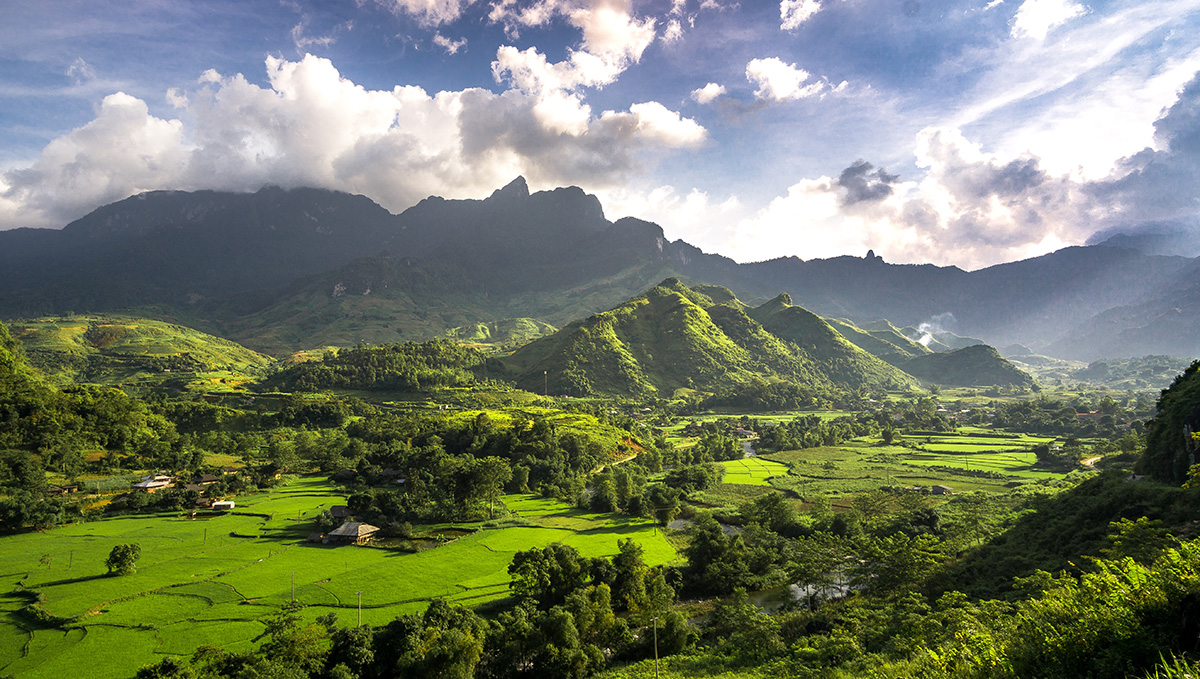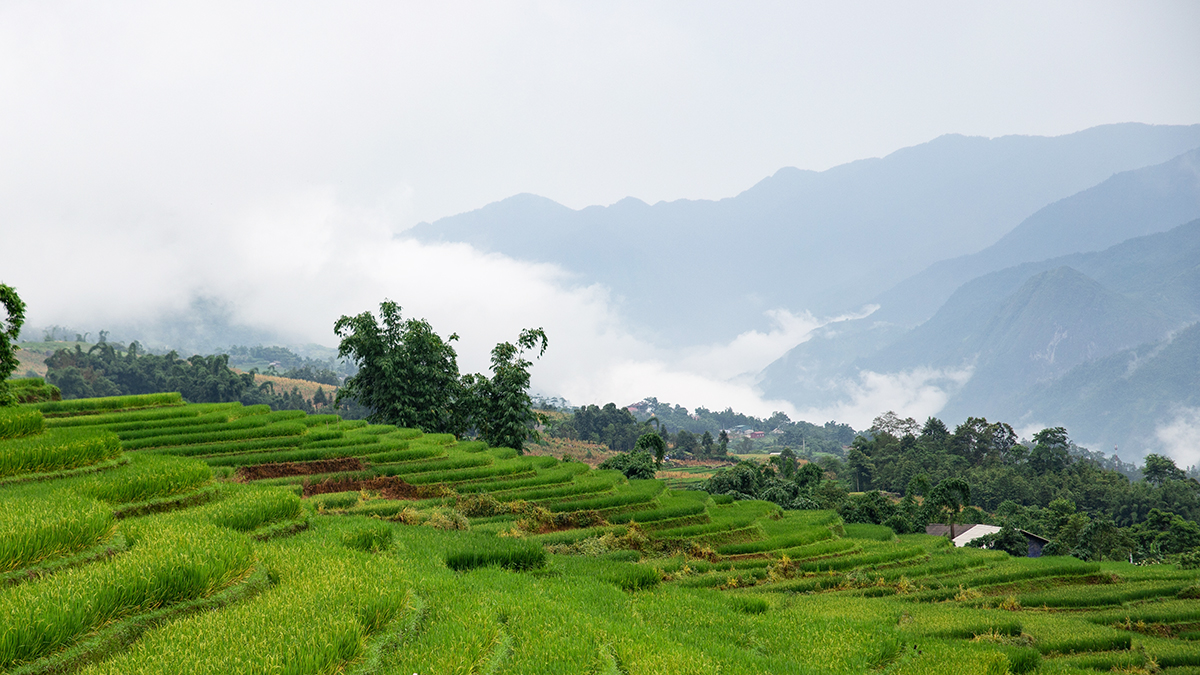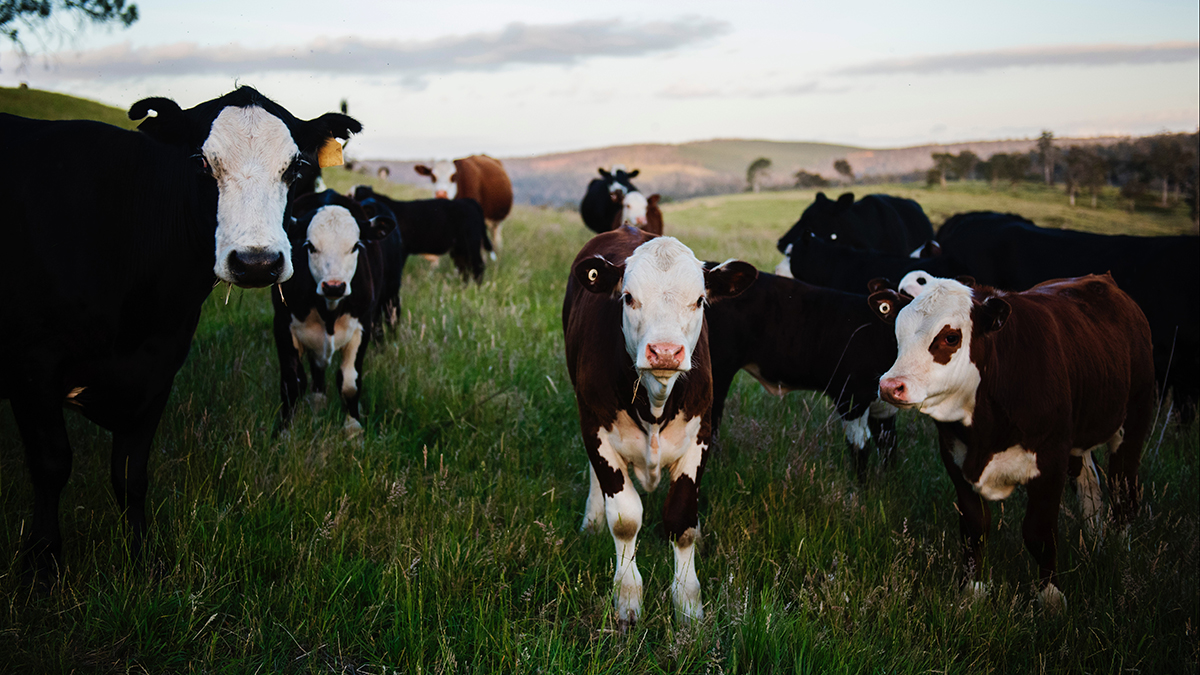As part of the Paris agreement each country is estimating the amount of greenhouse gases released into the atmosphere. The emissions are then reported to the UN. Think of it like tax time for emissions. The idea is to track and reduce emissions over time. How do countries estimate yearly emissions? Today, a mix of sensor data, survey results, and expert options are used to create an inventory. For the agriculture, forest, and land use sector there are tools to help with this process.
One of these tools has been developed by climate scientists. It is very well thought out, has incredible features, and allows for maximum flexibility. The catch? It is very hard to use. So we started an experiment: What if we added a user experience expert to the mix and redesigned this as a modern, web-based app?

To make apps user friendly we start by learning from end users: Who are our users? What data do they have? What are their biggest roadblocks? The wealth of information we get from end users is always humbling. We summarized our insights into three lessons:
Lesson 1: Guidance: Often inventory teams don’t have enough time and resources to read the complex guidelines provided by the UN.
How do we guide our users? In depth familiarity with the guidelines is great but not necessary to use our app. It guides compilers through the inventory process and points to specific sections in the guidelines to learn more.
Lesson 2: Flexible usage. Some teams estimate just one source, while others estimate all sources.
How do we design for flexibility? We let users choose what they want to do and adapt the experience to their needs. Part of this is approach is to only ask for data if and when they are needed. An advantage is that we are avoiding bottlenecks by not asking for data they might not have.
Lesson 3: Adjusting complexity. Some compilers have basic datasets with gaps, others have very complex datasets.
How do we design for different inputs and estimation methods? We ask users what kind of data they have and then tailor the experience to their personal needs. Rather than a static interface, this app guides the compiler through the process. Users view personalized pages based on the complexity of their dataset.

How do we make sure this is what users need?
We started with high level prototypes and constantly iterated to make them better and more accurate. Weekly expert reviews and collaborative design sessions helped with constant improvements. Once the developers had created a working app, we tested it with users. The results were mind blowing:
- Intuitive: Our test users completed the emission estimation on their own, without any training or help.
- Easy to use: Our test users entered simple datasets as well as for complex datasets. They navigated the app easily and compared results for the different methods.
- Fun: This is maybe not the first word that comes to mind when thinking of compiling an inventory, but our test users had fun! They enjoyed seeing graphs, playing with real-time emission results, and tweaking inputs to study the results.
Where do we go from here? The app is still in development, and we hope to overcome obstacles along the way. Our goal is to roll this out to make climate reporting easier, faster and more accurate.









